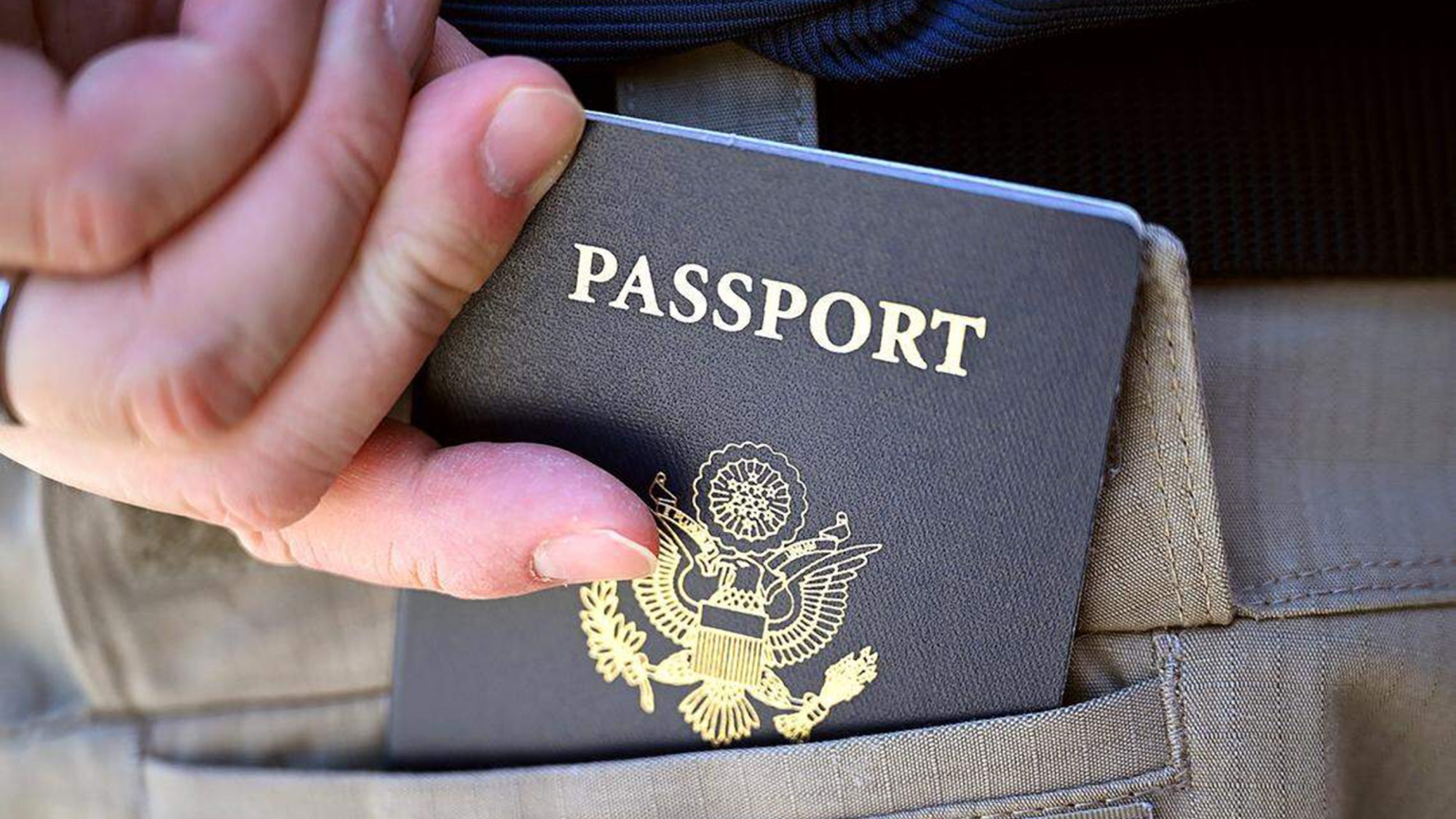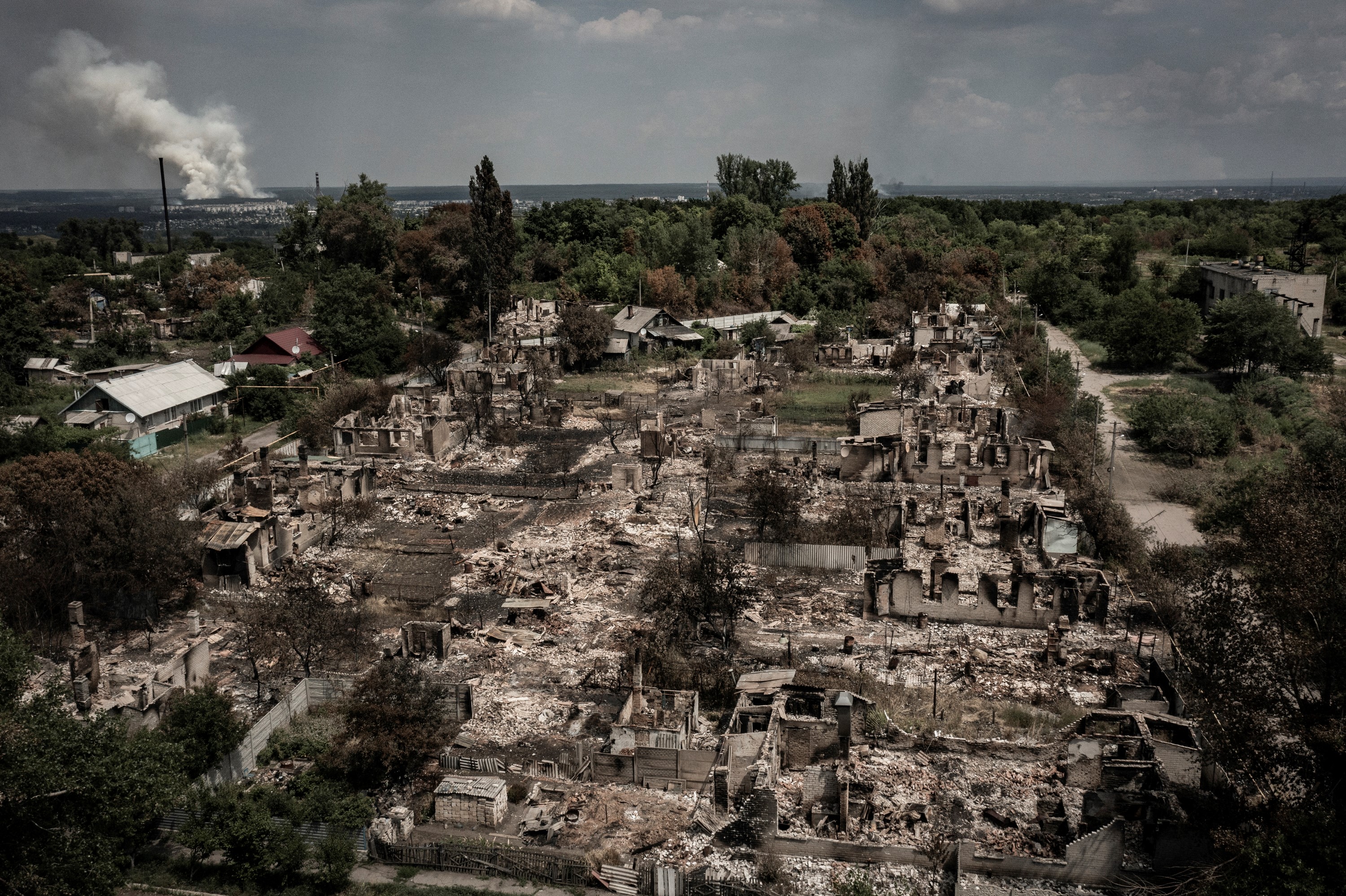Apollo’s Angels: A History of Ballet by Jennifer Homans
The dancer turned critic has written a rich assessment of ballet’s four-century history.
(Random House, 643 pages, $35)
“It has never been done, what Jennifer Homans has done in Apollo’s Angels,” said Toni Bentley in The New York Times. The dancer turned critic has written “the only truly definitive history” of ballet. Beginning with a 1581 French court performance recognized as the first ballet, Homans introduces us to the art form’s seminal figures, from Parisian dancer Auguste Vestris, who first “pried the feet open to 180 degrees,” to Russian choreographer Marius Petipa, the first producer of both Swan Lake and The Sleeping Beauty. Always, though, “the question of ballet’s survival” looms over Homans’ story, which ends on a curiously pessimistic note. “I now feel sure ballet is dying,” she writes.
That “grim diagnosis” makes no sense, said Claudia La Rocco in Slate.com. Underlying it is Homans’ view that ballet is, at its core, “a deeply conservative and insular art that resists change.” But by making that claim, she sells short the work of her heroes, notably George Balanchine. Inarguably the 20th century’s greatest choreographer, Balanchine spent his career “forging a new, American tradition that grew from his roots in Imperial Russia but soon encompassed a radical modern aesthetic.” Later, she ignores such contemporary choreographers as William Forsythe, who is “widely acknowledged to have changed the face of contemporary ballet.” Homans believes that the golden age is over only because her tastes are somewhat old-fashioned.
The Week
Escape your echo chamber. Get the facts behind the news, plus analysis from multiple perspectives.

Sign up for The Week's Free Newsletters
From our morning news briefing to a weekly Good News Newsletter, get the best of The Week delivered directly to your inbox.
From our morning news briefing to a weekly Good News Newsletter, get the best of The Week delivered directly to your inbox.
Yet it can’t be denied that ballet is hurting, said Laura Jacobs in The Wall Street Journal. “Even the most talented classical dancers, choreographers, and impresarios seem to be working in a void,” so Homans is right to ponder potential solutions. Unfortunately, she seems to miss the solution that can be found in a close reading of her own rich assessment of ballet’s four-century history. Ballet may indeed be imperiled and undermined by “our increasingly lowbrow” world. But as Homans’ book shows, in chapter after chapter, “the art and its ideals have weathered many a void, only to shine again.”
A free daily email with the biggest news stories of the day – and the best features from TheWeek.com
-
 US citizens are carrying passports amid ICE fears
US citizens are carrying passports amid ICE fearsThe Explainer ‘You do what you have to do to avoid problems,’ one person told The Guardian
-
 All roads to Ukraine-Russia peace run through Donetsk
All roads to Ukraine-Russia peace run through DonetskIN THE SPOTLIGHT Volodymyr Zelenskyy is floating a major concession on one of the thorniest issues in the complex negotiations between Ukraine and Russia
-
 Why is Trump killing off clean energy?
Why is Trump killing off clean energy?Today's Big Question The president halts offshore wind farm construction
-
Also of interest...in picture books for grown-ups
feature How About Never—Is Never Good for You?; The Undertaking of Lily Chen; Meanwhile, in San Francisco; The Portlandia Activity Book
-
Author of the week: Karen Russell
feature Karen Russell could use a rest.
-
The Double Life of Paul de Man by Evelyn Barish
feature Evelyn Barish “has an amazing tale to tell” about the Belgian-born intellectual who enthralled a generation of students and academic colleagues.
-
Book of the week: Flash Boys: A Wall Street Revolt by Michael Lewis
feature Michael Lewis's description of how high-frequency traders use lightning-fast computers to their advantage is “guaranteed to make blood boil.”
-
Also of interest...in creative rebellion
feature A Man Called Destruction; Rebel Music; American Fun; The Scarlet Sisters
-
Author of the week: Susanna Kaysen
feature For a famous memoirist, Susanna Kaysen is highly ambivalent about sharing details about her life.
-
You Must Remember This: Life and Style in Hollywood’s Golden Age by Robert Wagner
feature Robert Wagner “seems to have known anybody who was anybody in Hollywood.”
-
Book of the week: Astoria: John Jacob Astor and Thomas Jefferson’s Lost Pacific Empire by Peter Stark
feature The tale of Astoria’s rise and fall turns out to be “as exciting as anything in American history.”